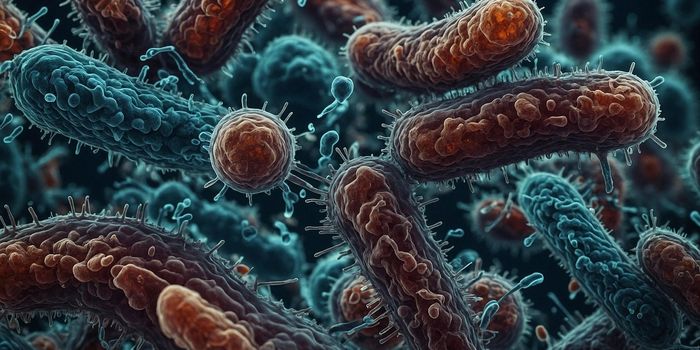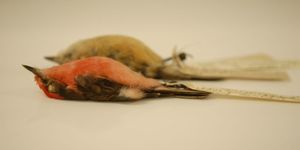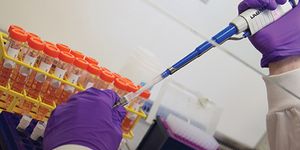Scientists have proposed a new theory for the development of complex organisms from a single cell and it’s called embryo geometry. The work, which aims to describe how the varied and intricate major organ systems evolved and arose, is the product of almost two decades of effort by a team of researchers and science illustrators. Their
publication in Progress in Biophysics & Molecular Biology contains many beautiful illustrations that read like blueprints.
Neo-Darwinian theory proposes that random genetic mutations occur in organisms over the course of time; some of those mutations are beneficial to the organism and are selected to carry forward to future generations. Some scientists are not satisfied that this theory accounts for the incredible diversity and intricate complexity of life, however, especially that seen in higher order vertebrates like humans.
In embryo geometry, the researchers from University of San Diego, Evergreen State College, Mount Holyoke College, and Chem-Tainer Industries, Inc., suggest the organism is under the influence of the laws of geometry and mechanics instead of the product of random genetic events.
"At the suggestion of evolutionary biologist Stephen Jay Gould, preliminary attempts at a solution to this problem were undertaken over many years. But these - as well as other, similar efforts - were met with strong opposition by supporters of the Neo-Darwinian interpretation of natural selection," said the senior author of the work, Stuart Pivar. "We hope that the theory of embryo geometry will stimulate further investigation by biologists of all stripes across a variety of fields."
Anatomists have long held that the development of the embryo - embryogenesis - results in a complex animal with elaborate systems, and the various embryonic stages of animals have been described in great detail. However, some processes that underlie the evolution of complexity in organisms have remained mysterious.
The new publication includes 24 schematics that attempt to illustrate how the cardiovascular, musculoskeletal, nervous and reproductive systems arise from the deformation of the original cells. The illustrations cover the development of individual embryos as well as how the vertebrate evolved over time.
Embryo geometry posits that the blastula, a ball of cells formed from the division of a fertilized egg, gets physically deformed as the cells divide and proliferate. During proliferation, the ball of cells retains the geometry of the original eight cells even as it increases in size and volume. That geometry gives rise to the three axes of the vertebrate body. More information is available
on their website.
The founder of the organization that performed the work, Stuart Pivar, has an interesting reputation and has raised some eyebrows in the scientific world with his ideas. His 2004 book also proposed that it is a self-organizing pattern and mechanical forces, and not DNA, behind the development of the traits of an organism. He did attempt to sue a blogger that had criticized the book as well. However, many members of the research team behind this new work have sterling credentials. Regardless of the scientific veracity of the theory, the artwork is gorgeous.
Sources:
AAAS/Eurekalert! via
Elsevier,
Scientific American











